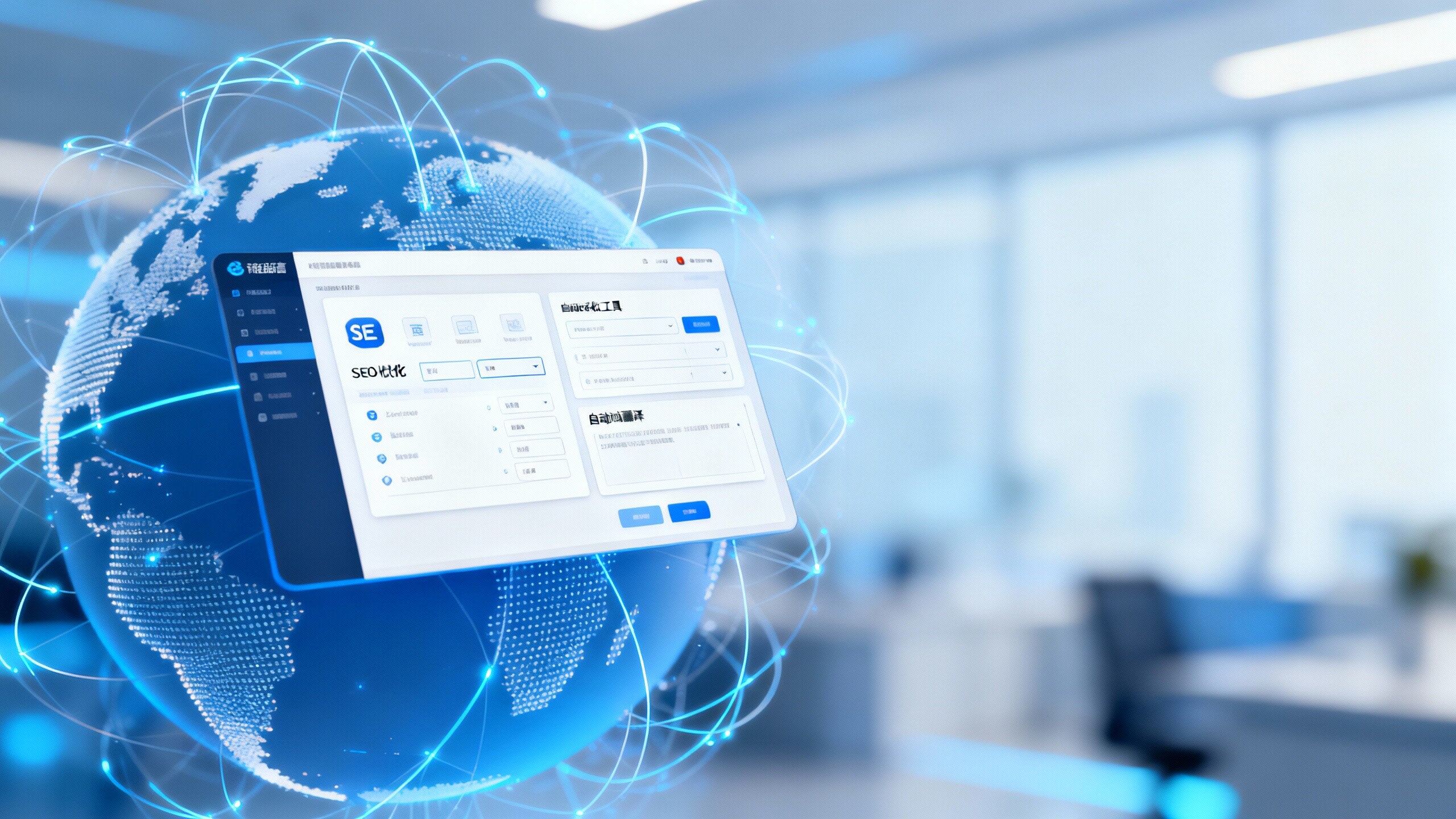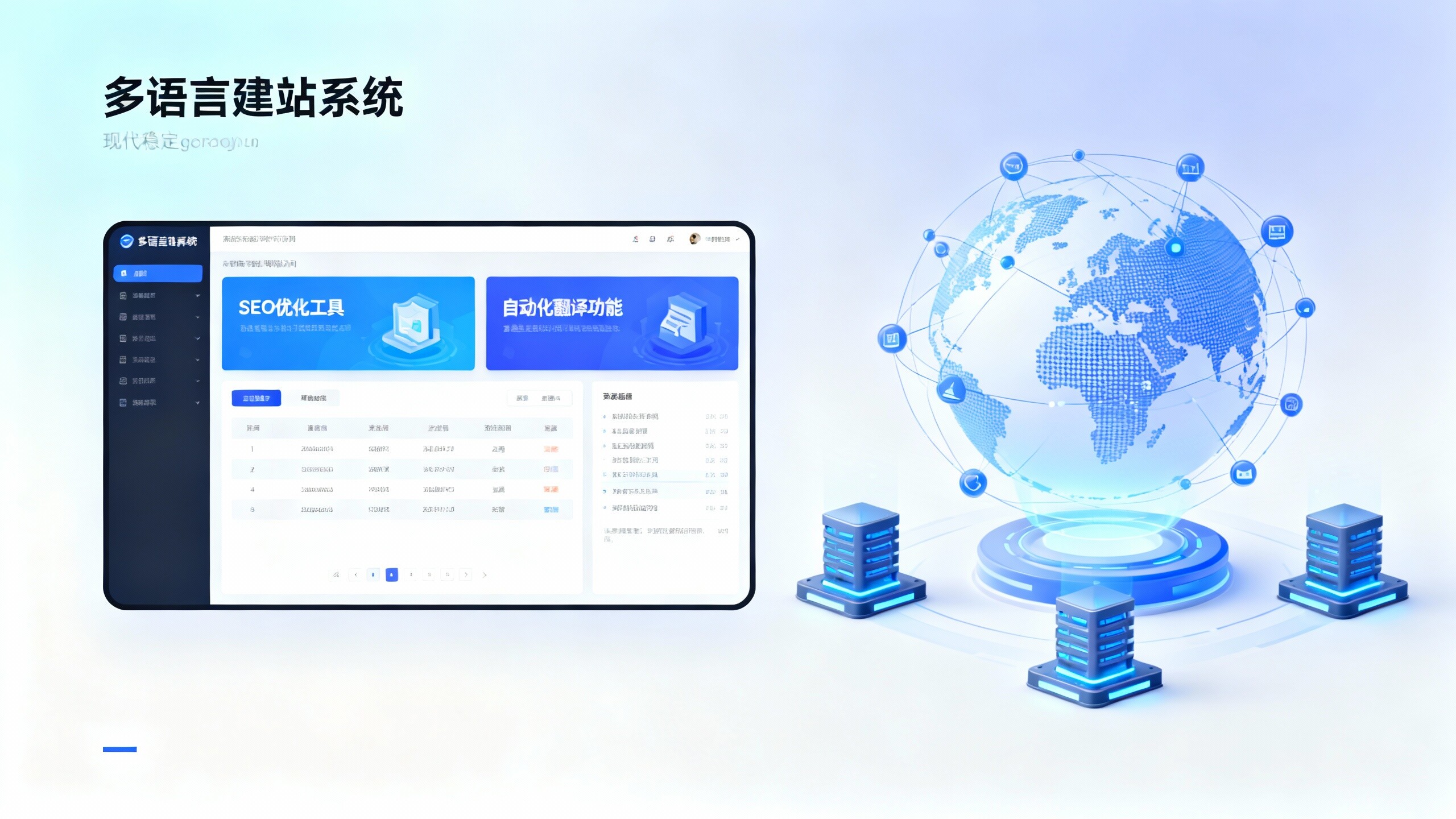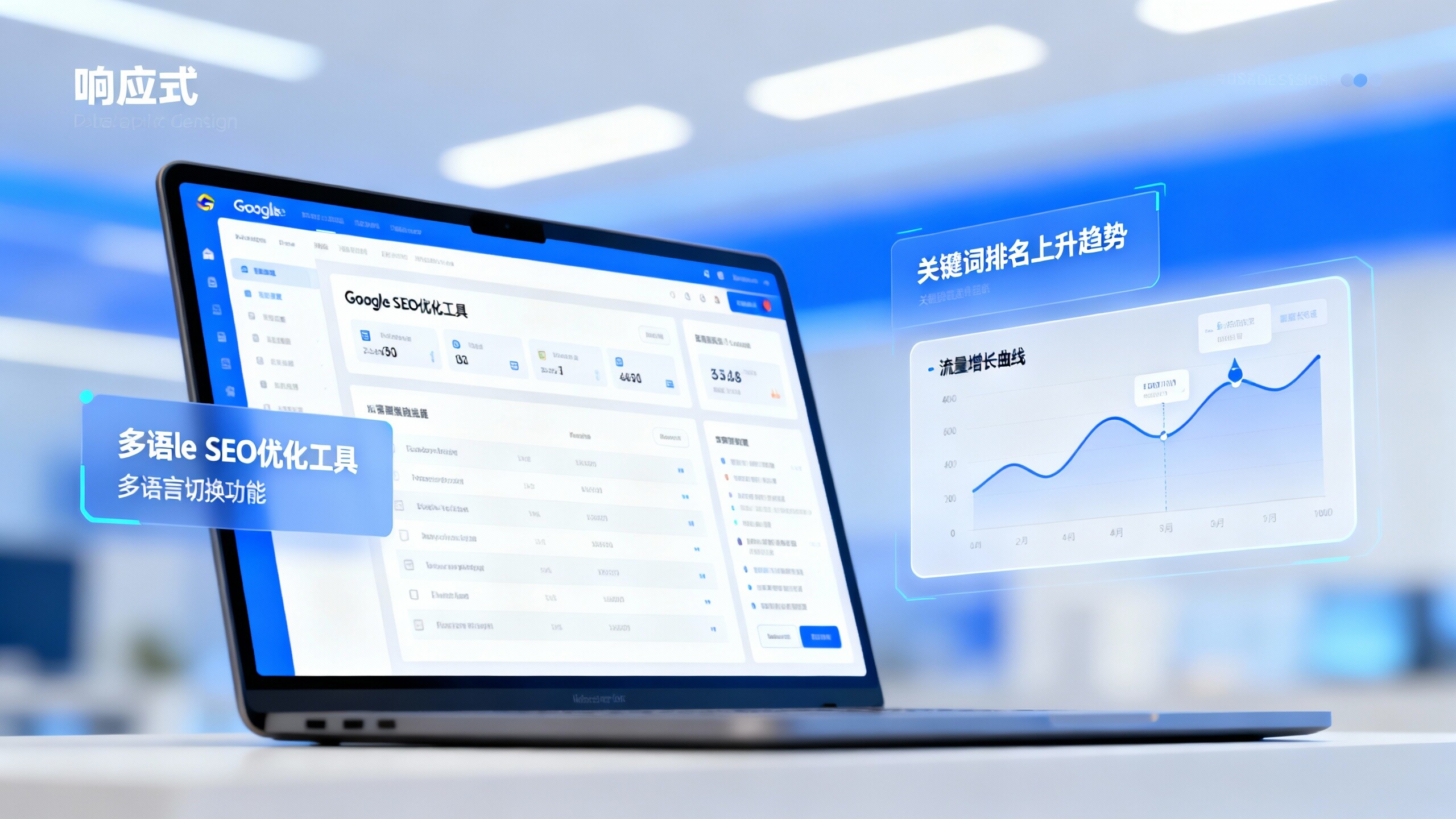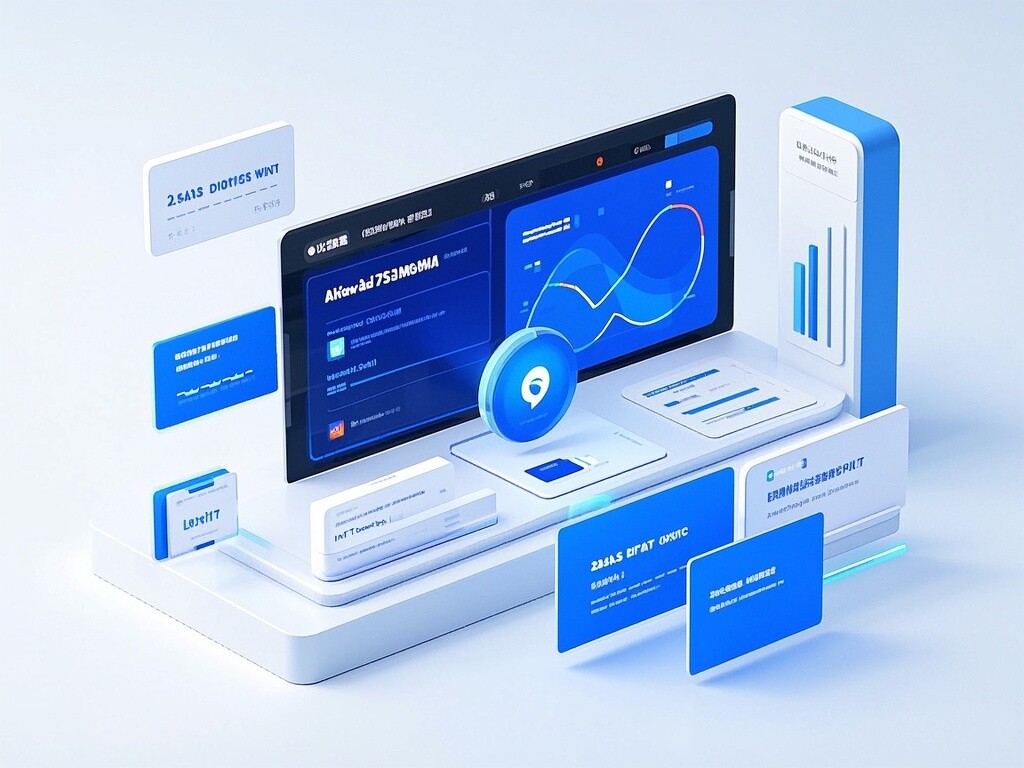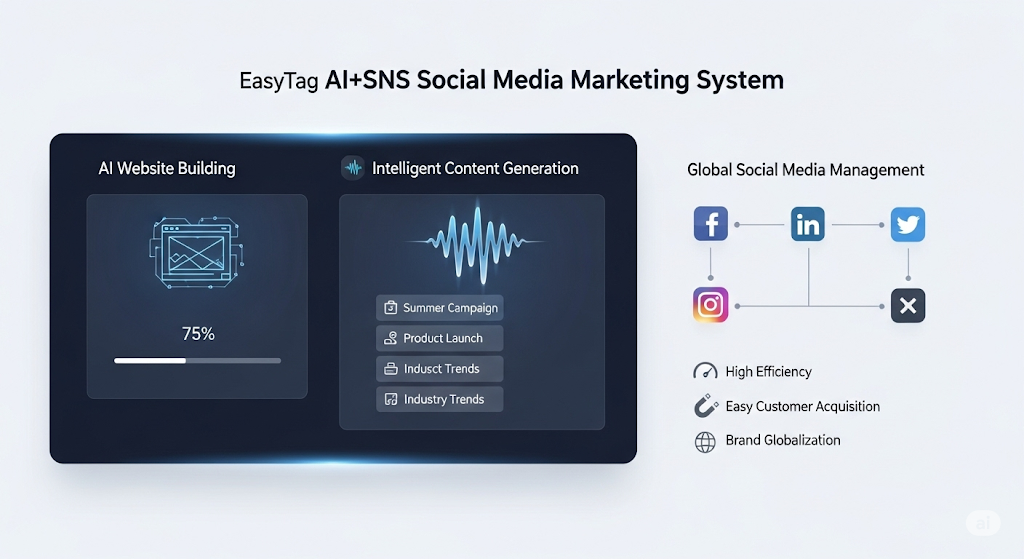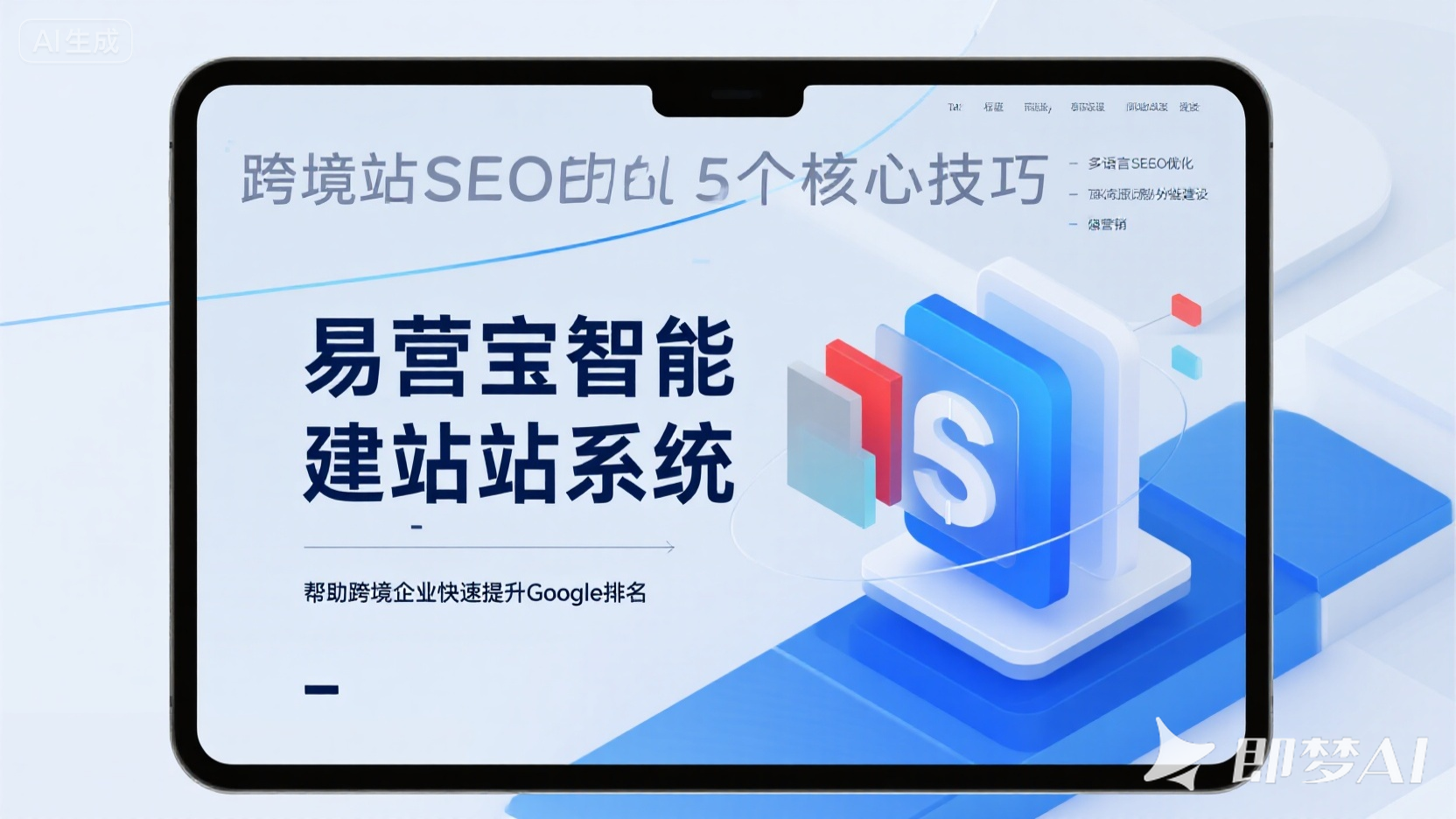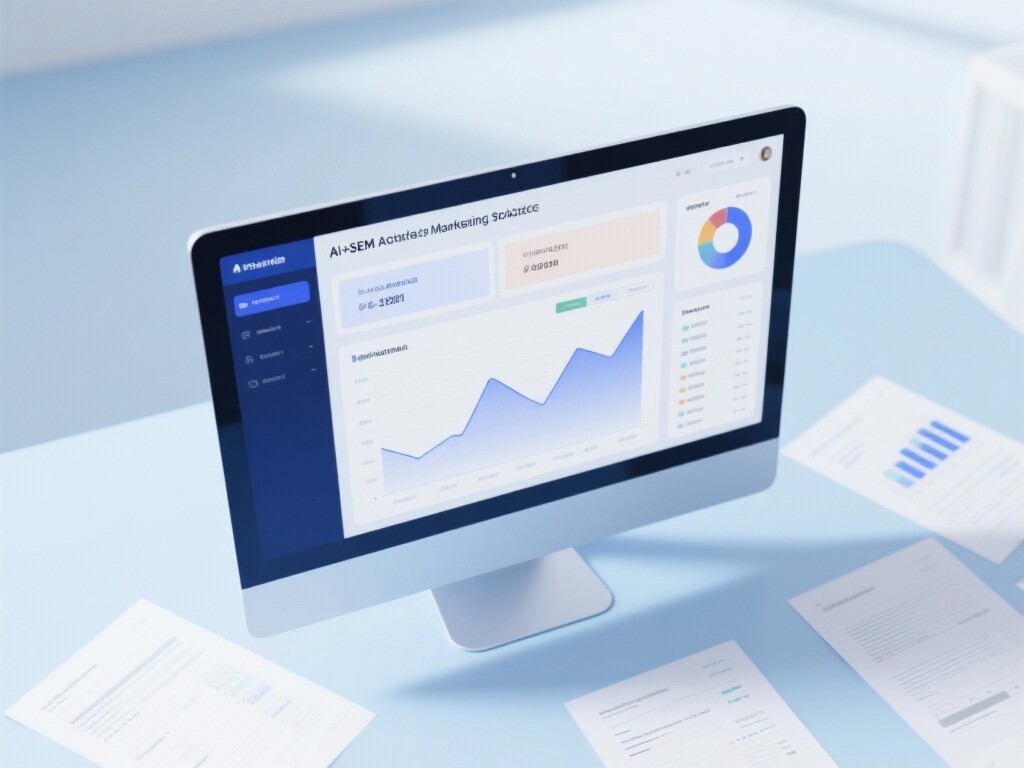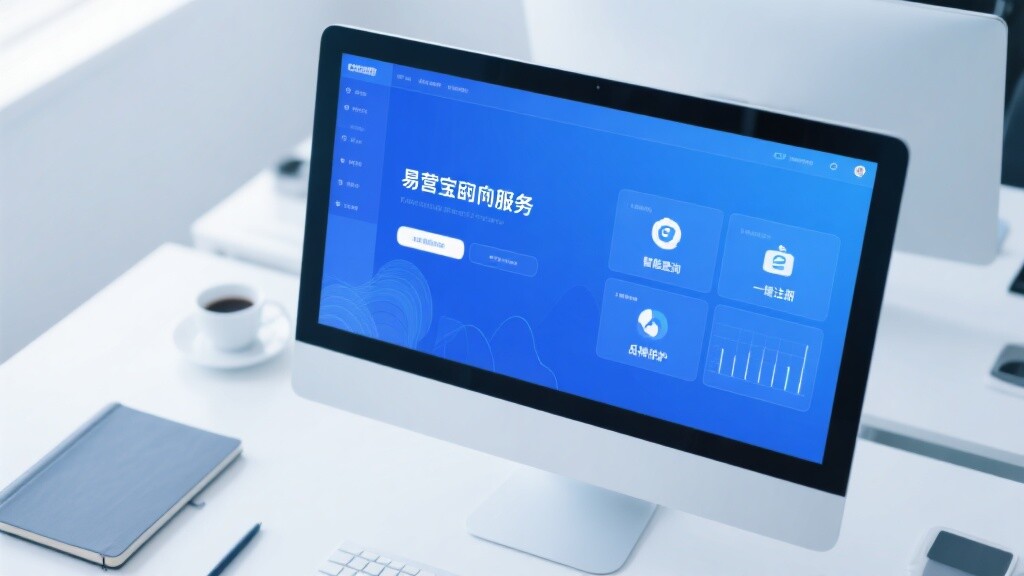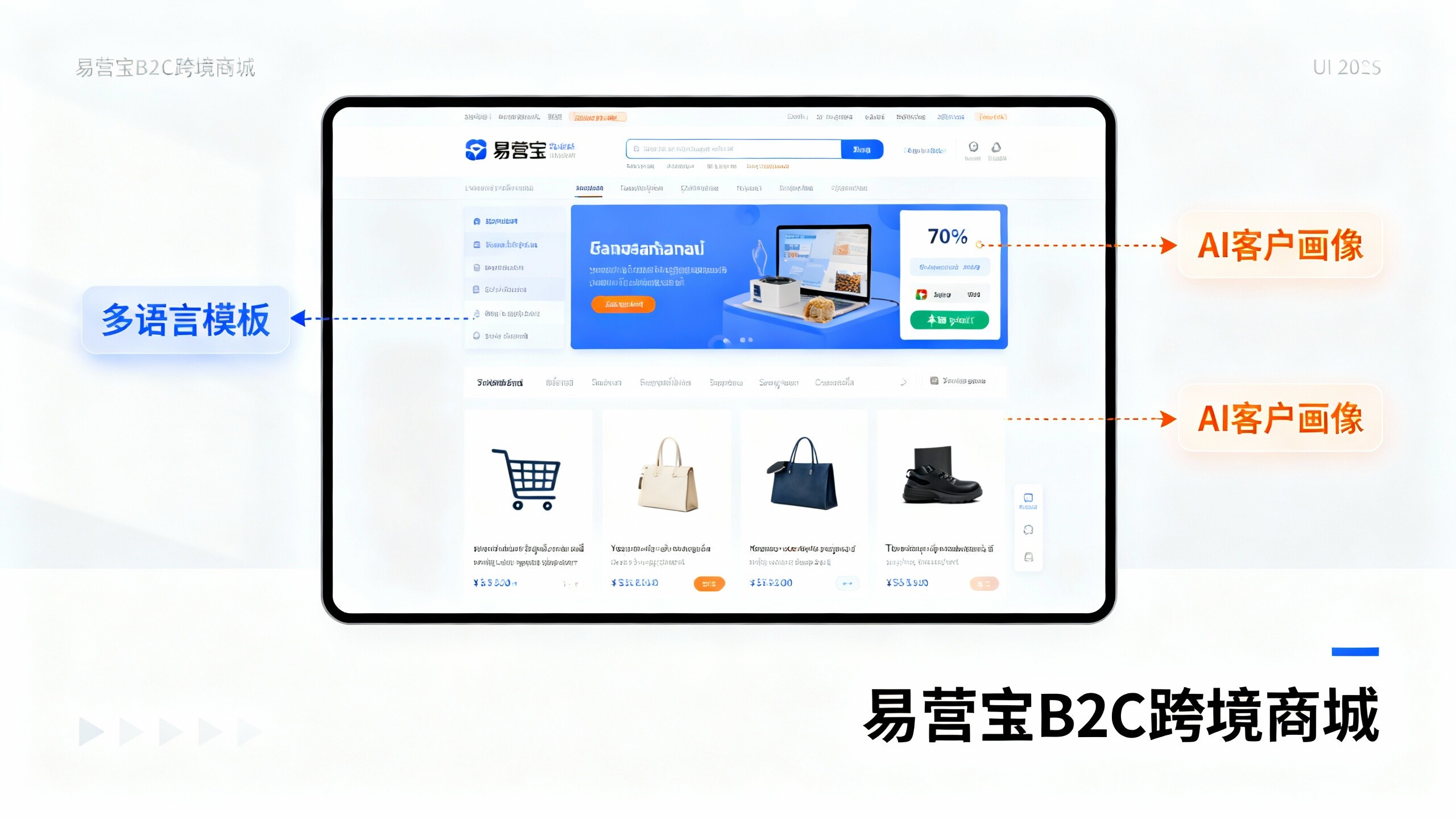Easy Camp Cloud Intelligent Website Construction and Marketing System Platform!
- After the launch of the multilingual foreign trade website system, overseas inquiries doubled? Real data speaks for itself2025-11-28View Details
- New Trends in Cross-Border E-commerce Website Development: AI+Geolocation Targeting to Precisely Reach Overseas Customers2025-11-27View Details
- Enterprise Multilingual CMS vs. Regular Website Builders: Where Does the Gap Lie?2025-11-28View Details
- SaaS建站系统对比:为什么90%出海企业选全球建站SaaS平台?2025-11-27View Details
- Is a responsive self-service website system really suitable for foreign trade enterprises? Feedback from real users2025-11-27View Details
- Where are Yiyingbao Trustpilot reviews user complaints concentrated? Real cases and solutions2025-11-28View Details
- IDC SaaS Platform User Satisfaction Report Highlights: 5 Key Metrics to Evaluate Your SaaS Website System Compliance2025-11-27View Details
- Smart Website Market Report: Market Size, Growth Drivers, and Top 3 Opportunities in the Next 3 Years2025-11-28View Details
Cross-border E-commerce Must-Read: Hands-on Comparison of Multilingual Website Systems
Essential reading for cross-border e-commerce website selection: This article provides a practical comparison of multilingual website building systems and the Yiyingbao SaaS platform, including Yiyingbao Capterra reviews and industry analysis, to help researchers and users make quick decisions.
Why is multilingual website building a top priority strategy for cross-border e-commerce?
In the cross-border e-commerce environment, language is not merely a translation issue, but a core element affecting user trust, SEO ranking, and conversion paths. For information researchers and users, evaluating multilingual website systems should focus on three main dimensions: access speed and technical architecture, the search engine friendliness of URLs and semantic structure, and the sustainability of content maintenance. Technically, responsive website systems and multilingual website systems require support for independent language versions of URLs so that search engines can crawl and index pages in different languages separately, thereby increasing the reach of organic traffic.
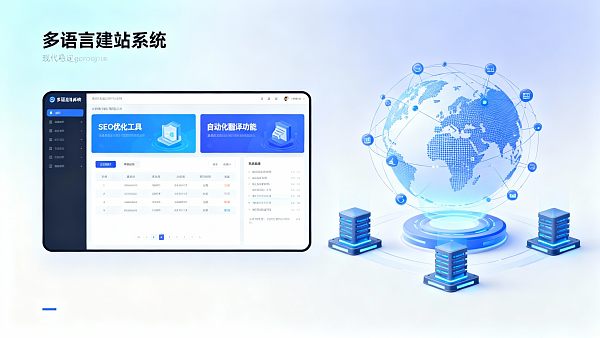
In practice, businesses should prioritize whether a system offers automated TDK (title, description, keywords) generation and hreflang management, as this directly impacts search performance in key markets. Industry data and smart website building market reports show that platforms with automated multilingual SEO optimization significantly outperform solutions relying solely on manual maintenance in acquiring cross-border traffic. For purchasing managers and website owners, evaluations should also consider the specific business scenario (manufacturing, cross-border e-commerce, B2B wholesale, brand globalization, etc.) to determine whether the system can maintain SEO friendliness and cost control as content scales.
Technology and Performance: Practical Comparison of Server, Loading, and Availability
In global market competition, page load time is directly related to bounce rate and conversion rate. High-performance multilingual website building systems typically possess enterprise-level capabilities such as global CDN nodes, automatic SSL, and DDoS protection. For example, a well-optimized e-commerce website should aim for a load time of under 1.5 seconds; a platform with 2500+ server nodes and 120T bandwidth can maintain this stable experience even in geographically diverse environments. Technical parameters are not just marketing slogans, but key inputs influencing the ROI of cross-border advertising.
Furthermore, a highly available architecture (such as a 99.99% SLA), regional load balancing, and automatic failover mechanisms are fundamental to ensuring uninterrupted business operations during peak sales periods. The system must also provide real-time monitoring and intelligent diagnostic tools, offering repair suggestions when search engine indexing anomalies, page rendering issues, or abnormal ad traffic occur. These capabilities directly impact user satisfaction and long-term operating costs of the IDC SaaS platform. If the system can achieve millisecond-level response and automatic optimization by combining NLP and multimodal AI in its technology platform, it will have a significant advantage in large-scale content delivery and multilingual maintenance.
Content and SEO Operations: Hands-on Experience with AI-Driven Multilingual Solutions
Content is the core asset of multilingual websites. Modern SaaS website building systems, relying solely on basic translation interfaces, struggle to support the semantic search and localization needs of different markets. Excellent solutions integrate AI-driven keyword expansion, automatic TDK (Title, Description, Keywords) generation, and multilingual image generation to create a seamless closed loop from keyword research to landing pages. User feedback on Yiyingbao Capterra and Yiyingbao Trustpilot reviews reveals that the platform's performance in automated content generation and localization suggestions is a major factor influencing customer renewals and positive word-of-mouth.
For cross-border e-commerce, a "automatic translation + human localization" process is recommended: the system first uses AI to automatically generate multilingual drafts and complete basic SEO settings (including hreflang and structured data), then local language experts or agents perform cultural adaptation and compliance verification. This process reduces the cost of maintaining multilingual content while ensuring speed. It's also important to pay attention to search engine-friendly content structures, such as independent multilingual URLs, breadcrumb navigation, and multilingual sitemaps, as these directly impact search engine indexing and keyword ranking. According to industry analysis of intelligent website building, automatic multilingual SEO optimization can significantly increase organic traffic in the target language within 6-12 months after implementation.
Deployment, Compliance, and Operations: A Path from Pilot to Scalable Implementation
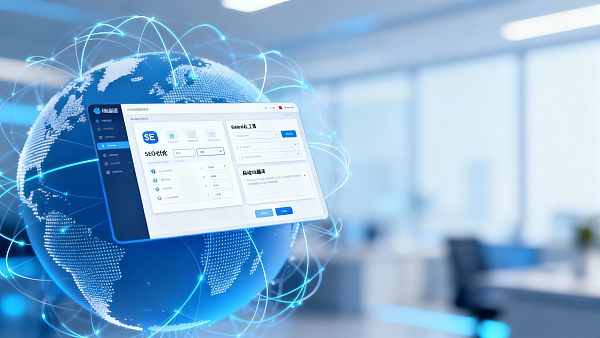
Selection and implementation should be guided by a feasible project plan. A phased deployment strategy is recommended: Phase 1 is MVP validation (selecting 1-2 languages/regions in the market), testing ad creatives, logistics, and payment links; Phase 2 expands to core markets and integrates multi-channel traffic tools; Phase 3 enters large-scale operation and optimization, establishing a data-driven campaign and content iteration mechanism. During this process, the mobile performance of the responsive website system and automated social media operations directly impact traffic acquisition effectiveness.
From a compliance perspective, it's crucial to review the target market's data protection regulations, payment and tax requirements. Choosing a platform that offers localized compliance support and partner resources is paramount. Operationally, a cross-departmental SLA (product, marketing, customer service) and metric system (PV/UV, conversion rate, CAC, LTV) should be established, and AI-powered ad management tools should be utilized for campaign diagnostics and optimization. In practice, platforms with a creative factory model and the ability to automatically generate multilingual ad creatives can reduce manual input by over 50% and significantly improve ad conversion rates.
As a reference solution, products like YiYingBao Foreign Trade Super Website support over 100 languages and global server acceleration, offering automatic translation for 98 languages, AI-powered intelligent website building, and a full-stack SEO optimization system, significantly reducing website building costs and shortening launch cycles. Such platforms provide end-to-end technical and operational support in manufacturing, cross-border e-commerce, B2B wholesale, and brand globalization scenarios, facilitating a rapid transition from pilot projects to full-scale website deployment.
Summary and Action Recommendations
Overall, choosing a multilingual website building system requires a comprehensive evaluation of its technical performance, SEO support capabilities, AI content engine, and localization service capabilities. Referring to Yiyingbao Capterra reviews, Yiyingbao Trustpilot reviews, and smart website building market reports can provide a more objective assessment of the platform's performance in actual projects and its after-sales support. A mature SaaS website building system should not only solve the cross-device adaptation issues of responsive website building systems but also provide data-driven marketing closed-loop analysis and enterprise-level security protection to ensure long-term stable overseas operations.
If you are selecting or evaluating a migration solution for your cross-border website, we recommend taking two steps first: First, conduct an MVP trial based on your business scenario (such as manufacturing or B2B wholesale); second, incorporate SEO, advertising, and after-sales service into your long-term evaluation. E-Creator SaaS platform has significant advantages in multilingual management, global server acceleration, and automated multilingual SEO, making it a worthwhile option. Contact us now to learn more about our solutions and trial support, or to obtain a customized implementation roadmap.
- SEO Ranking
- AI Website Builder
- Global server acceleration
- Easy Treasure
- SEO
- SEO optimization
- Smart Website
- Social Media Automation
- EasyBusiness SaaS Platform
- SaaS Website System
- Multilingual Website System
- Responsive Website System
- Responsive Web Design
- Smart Website Market Report
- Smart website industry analysis
- IDC SaaS Platform User Satisfaction
- Yiyingbao Trustpilot reviews
- Easy Insurance
- Yiyingbao Capterra Reviews
Related articles
 Can enterprise-level multilingual CMS handle high concurrent access? Pressure test results published
Can enterprise-level multilingual CMS handle high concurrent access? Pressure test results published Does the responsive self-service website building system support Google local SEO? The answer is here
Does the responsive self-service website building system support Google local SEO? The answer is here Common Pitfalls in Cross-Border E-Commerce Website Development? Have You Avoided the Traps 90% of Companies Fall Into?
Common Pitfalls in Cross-Border E-Commerce Website Development? Have You Avoided the Traps 90% of Companies Fall Into?
Related products


